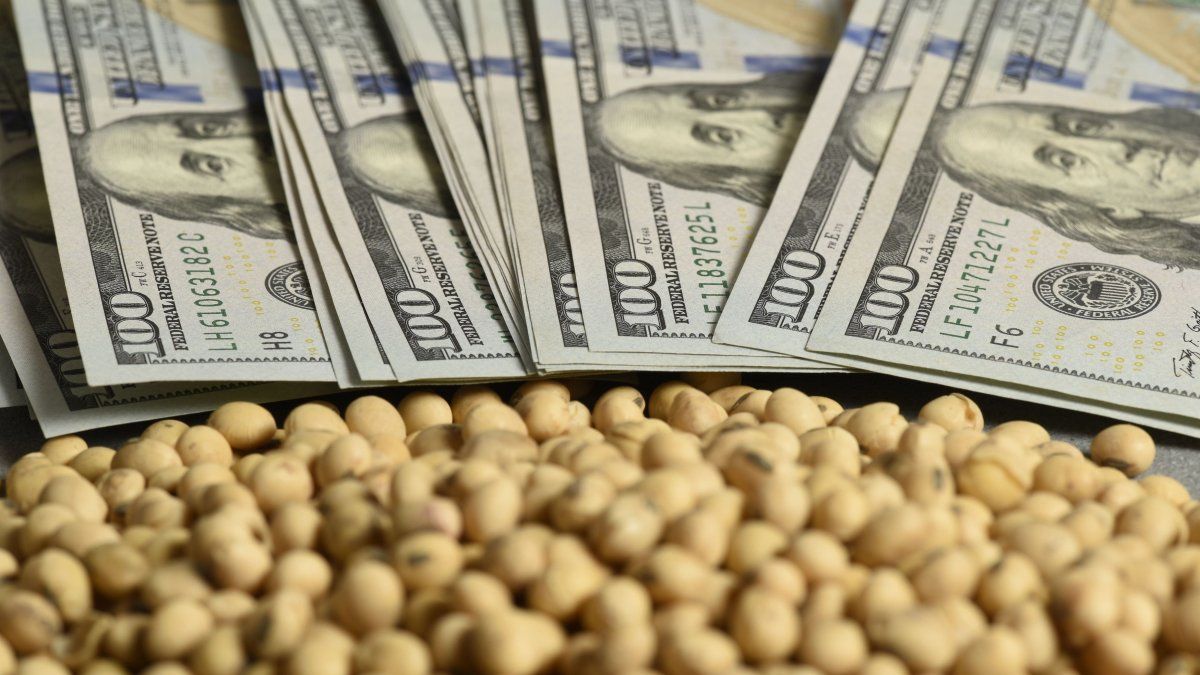The Agricultural Foundation for the Development of Argentina (FADA) published on its official website its tax rate tax, which detailed that The weight of taxes for the field rose in the second quarter against the previous period.
According to the report, to produce in the field, it is necessary to pay different costs: seeds, fertilizers, salaries, freight, insurance, etc. Once it is harvested, the crop is sold. And the money left after paying expenses is divided into three: the value of those who rent the land to produce (26.6%), the gain (9.8%) and the taxes paid (63.6%).
AND This last variable is the one that grew in recent times. “Even with the effect of the temporary decrease of export rights (DEX), the price drop was such that it generates a lower value of the production of grains and, with it, a greater weight of taxes,” he said Antonella Semadenieconomist in Fada.
Taxes for the field continue to impact
In detail, The weight of taxes in soybeans is 65.9%while in corn it is 53.4%, in wheat it is around 78.2%and on sunflower, 63.2%.
“It was announced that Dex’s temporary reduction is only extended for wheat, with the return of withholdings for the other crops the indices would increase. The national average would go to 67%, it would reach 70% in soybeans, 56% in corn and 67% in sunflower,” he said Nicolle Pisani Clarochief economist at the Foundation.
Technical Fada Index.jpg
According to the report, of all taxes paid by an agricultural hectare, 63.8% are non -co -participible nationalthat is, they do not return to the provinces. 28.4% are co -participable national, 6.8% corresponds to the taxes charged by the provinces and 1% are the municipal ones.
Tax pressure and pressure
It should be noted that, while the National Fada Index is 63.6%, The provinces show differences according to local costs, production and taxes. Córdoba registers 64%, Buenos Aires exposes 59.7%, Santa Fe has 58.6%, the Pampa suffers from 62%, Entre Ríos has 69.1%and San Luis, 61.1%.
By way of summary: In all the provinces analyzed rural real estate tax and stamps tax for the sale of grains. In Buenos Aires, Entre Ríos, La Pampa and San Luis are paid gross income with different percentages.
In Córdoba and Santa Fe the activity is exempt. In addition, Buenos Aires and Santa Fe have municipal rates, while La Pampa has cereal guides. Meanwhile, Córdoba, San Luis and Entre Ríos do not have impositions at the local level. And San Luis and La Pampa suffer from taxes in the style of internal customs.
“Each of these provinces faces different realities in terms of their yields, structure of costs and taxes, which explains the variability of these results,” said Pisani Claro.
Source: Ambito
I am a 24-year-old writer and journalist who has been working in the news industry for the past two years. I write primarily about market news, so if you’re looking for insights into what’s going on in the stock market or economic indicators, you’ve come to the right place. I also dabble in writing articles on lifestyle trends and pop culture news.




